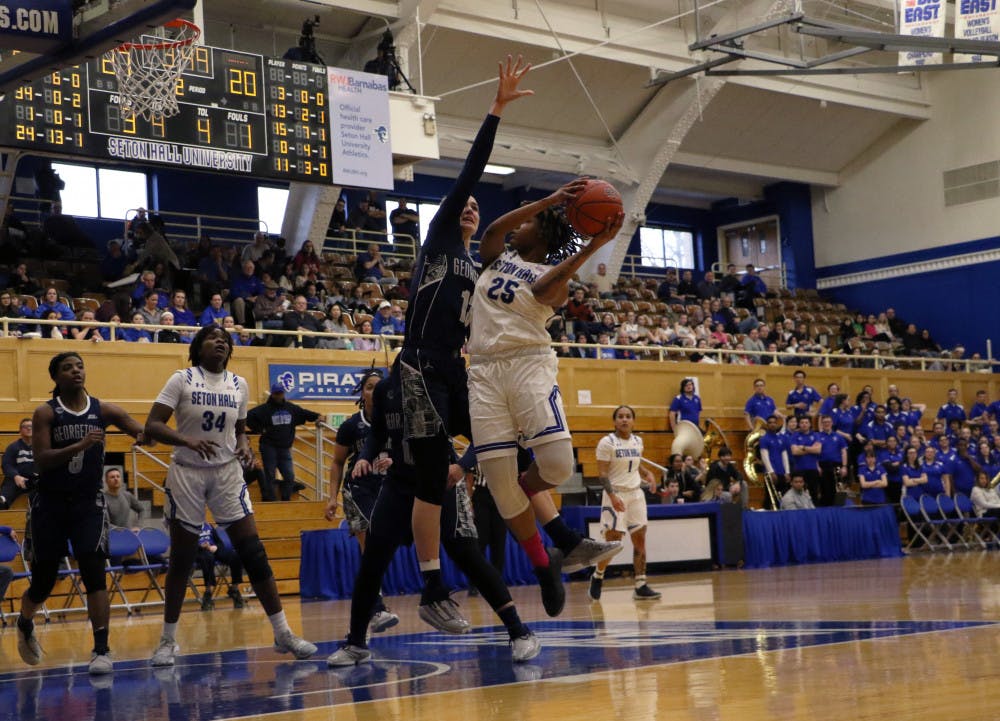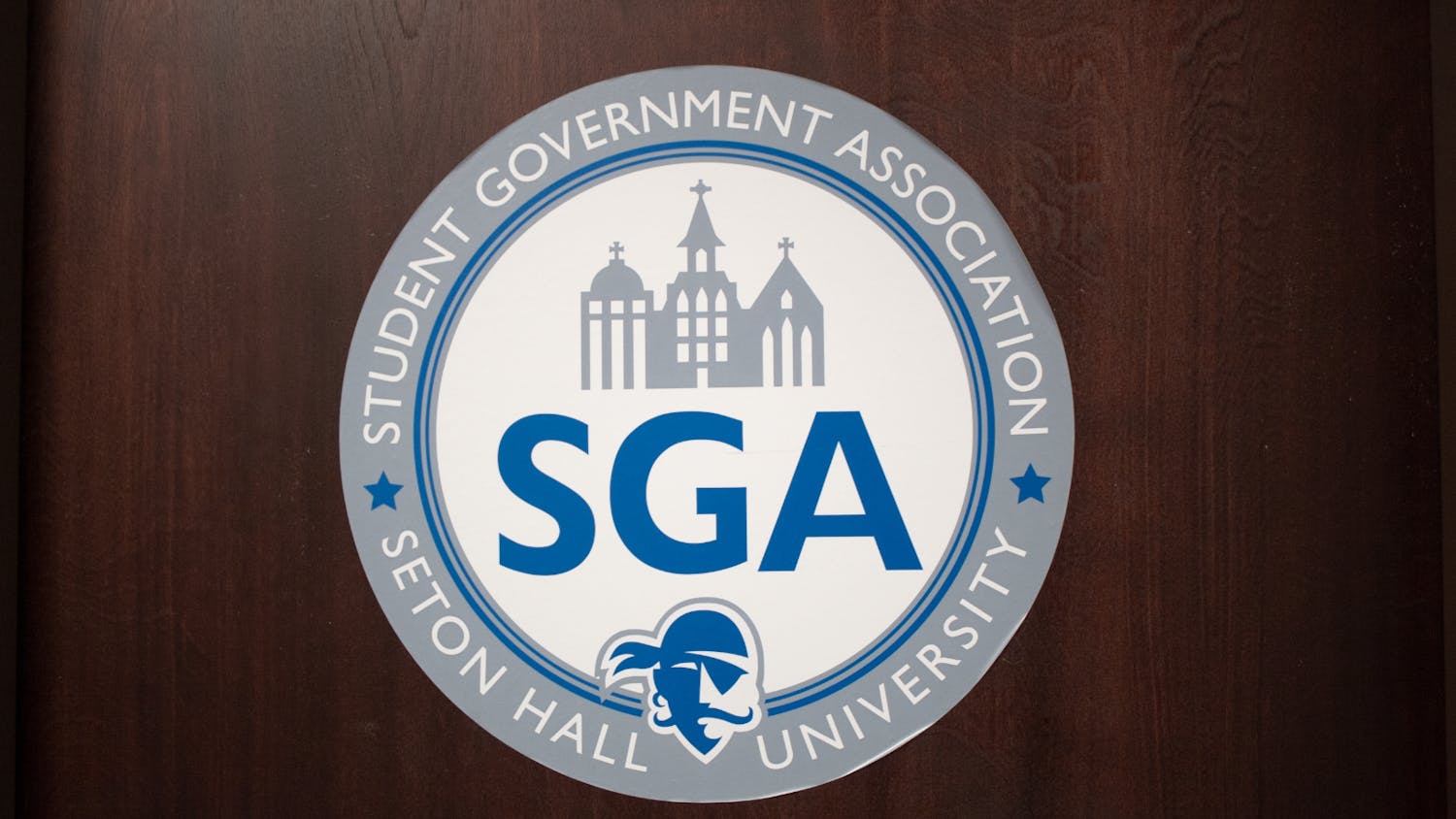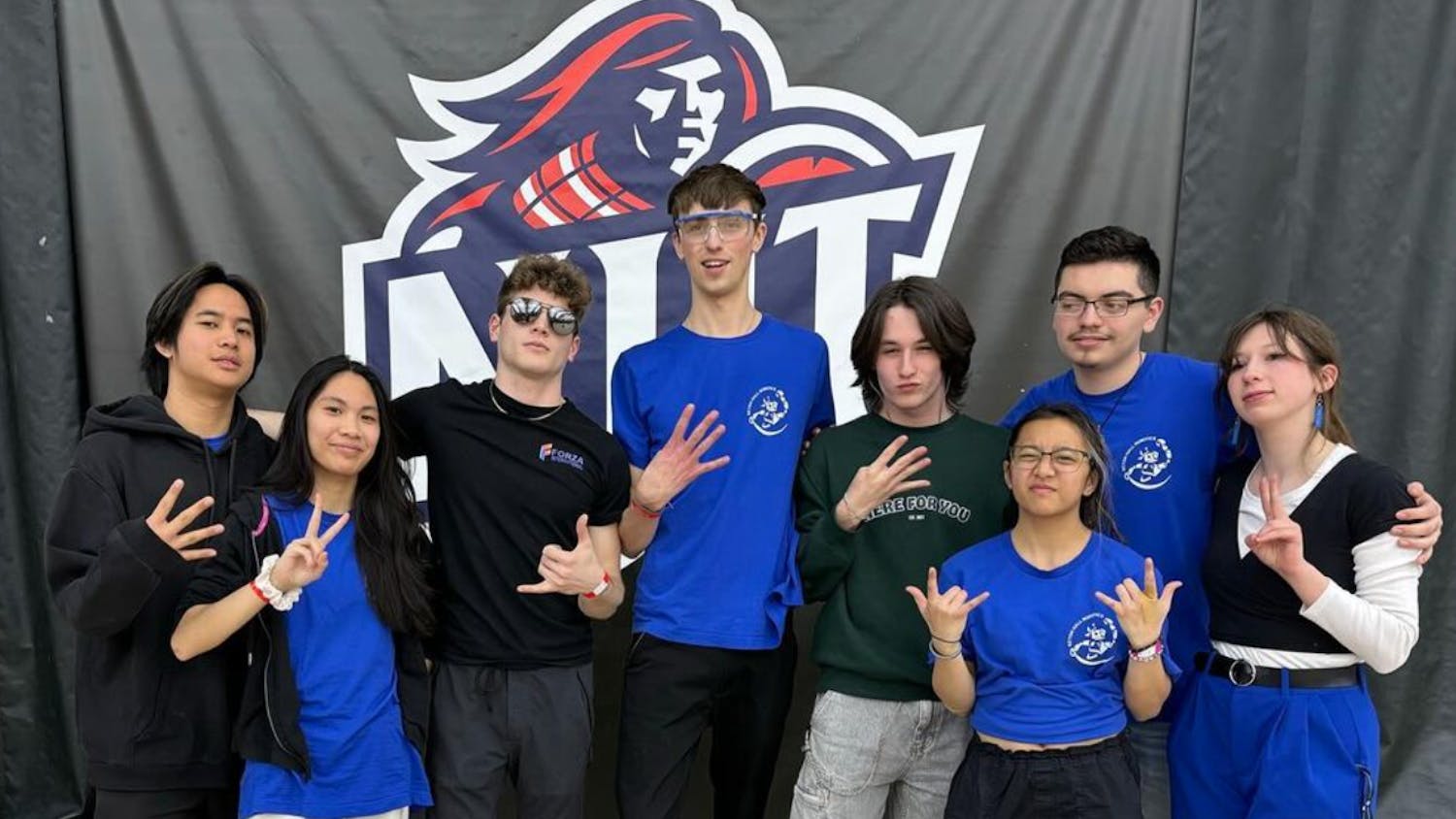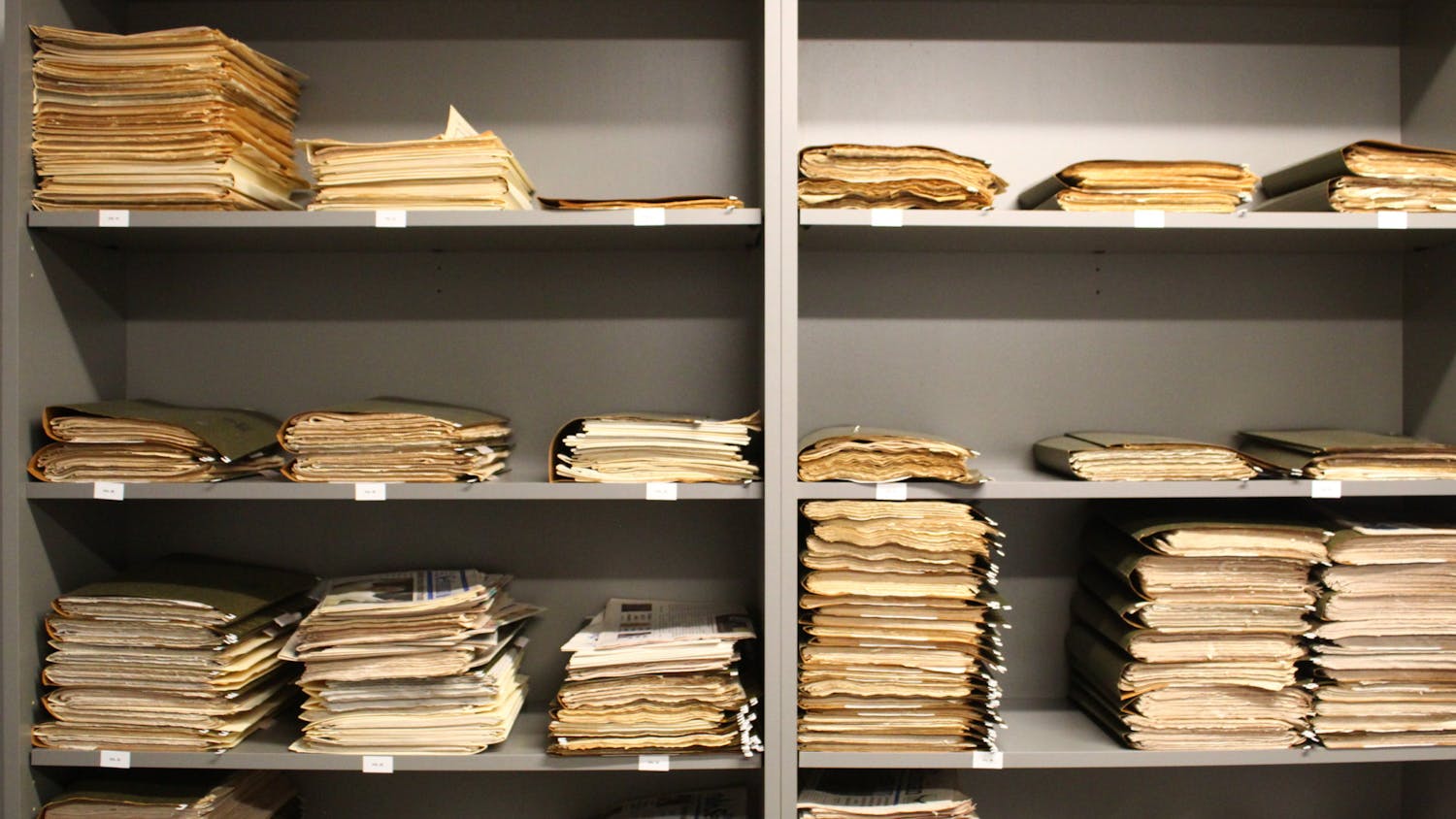A new high-powered telescope will be presented during the opening of the observatory in the McNulty Science and Technology building, dedicated by the College of Arts and Sciences and the Department of Physics Center, on Monday Nov. 23 at 7 p.m.
The event will take place in the Helen Lerner Amphitheatre and will begin with a lecture from Theodore B. Williams, "Small Telescopes, Large Telescopes and Scientific Theory."
Williams is a professor from the Department of Physics and Astronomy at Rutgers University. After the lecture, there will be tours of the observatory and a reception in the Patrick M. and Mary Ann P. Murray Atrium.
The faculty and students from the Physics Department installed the telescope over the summer.
The telescope will be managed and primarily used by the Physics Department. Students enrolled in astronomy classes will be given assignments that involve the telescope instead of a lecture course with little or no observation which has existed in the past.
"This will give an observational component to the class which will be really interesting, I guess, to the students taking it," Alper Sahiner, associate professor and chair of the Physics Department, said.
"We will give assignments of galactic observation or solar observation and assign questions." Sahiner said. "They will go up, and report what they see."
The telescope is not exclusive to students in astronomy classes.
"It will be open to the public. We will advertize events on the physics page when anyone, even outside of Seton Hall, can come and observe," Sahiner said. "Anyone who is interested can come on an observation night."
Open observation nights will begin in the Spring 2010 semester.
The telescope is an Advanced Coma Free Meade with a 16 inch lens that can increase in magnification.
"Advanced Coma Free means that it has not only one mirror but a system of mirrors that control and reduce the excess light so your picture will be much clearer," Sahiner said.
The telescope is on a motorized pier that can elevate the telescope to different angles. Around the telescope, there is a motorized dome that helps to shade light from surrounding cities.
The telescope also comes with software that allows viewers to insert the location of a specific galaxy and it will locate it automatically.
The new telescope has led Seton Hall to become a member of the New Jersey Space Grant Consortium.
This is a NASA funded program and will provide two undergraduate students with $2,000 fellowships per semester, and will also give the university the opportunity to receive grants with which further aerospace research can be conducted.
"It is one of the best scientific instruments that we recently gathered and we are very excited to put it into use for the students and faculty," Sahiner said.
The new telescope and pier are gifts of Carmine and Georgeann Oliva and Jeanne and Robert Austrian.
Alyana Alfaro can be reached at alyana.alfaro@student.shu.edu.





